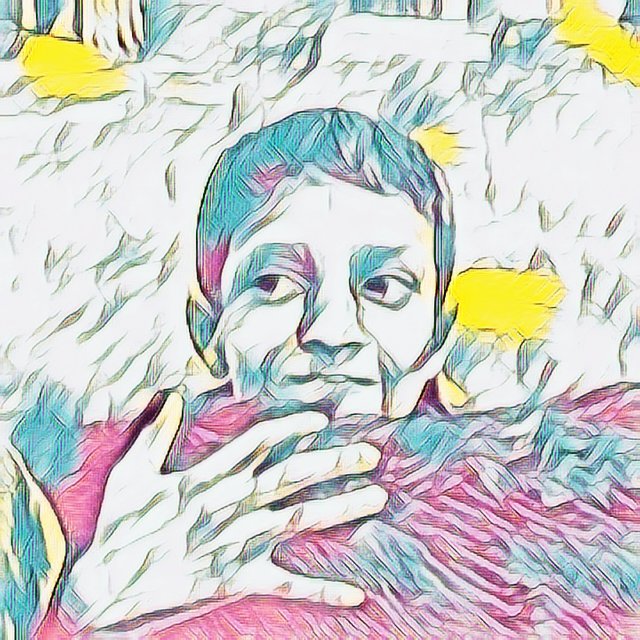
Writing About Your Art ” by Mary Edwards
When artists are asked to write about their work, they often complain: “What’s the point of writing about my art? I’m not a writer, I’m an artist!” The purpose of good art writing is to illuminate your work. After you’re famous the critics will take over the task, but right now it’s up to you.
People do read artist statements when they are worth reading. A good statement is powerful and personal and takes real effort to do well. It is worth your time because it helps you write other documents you’ll need as your career progresses.
Here’s a short list:
· an artist statement
· a narrative biography
· a letter (or email) to a gallery
· a profile on your social media site
· a proposal to a museum
· a “statement of purpose” for a grant or residency application
· the “about” page on your website
So, how do you begin? Here are a few tips.
Write in your own voice. Use “I” and “me” and “my.” Your statement should sound like you on a good day, when you are rested and clear. Artists sometimes think that a statement needs to be full of big words and that it has to sound fancy to be good. The opposite is true. Clear, simple language is always best.
Can you see the difference in these two versions from an abstract painter?
First try:
“My work is about navigating the spans that divide life’s dualities, such as birth and death, division and union, waxing and waning. I record observations, both from memory and invention.”
It is hard to write well about abstract art, but this artist has written at such a high level that she has disappeared. The reader cannot find her or connect with her art.
When asked to put aside her first draft and just say what her work was all about, she immediately responded: “Everything!” This honest reply turned into the beginning of a good statement:
Second try:
“When people ask me what my work is about, I can only answer “everything!” My paintings come from my daily life, and are attempts to make sense of the world. They express my wishes and dreams for a better world, they celebrate happy occasions, my sadness and frustration, as I explore life’s dualities ….”
So, how do you write your own statement? Here are 7 questions to help you think about what you want to say. You can use them to prepare a new statement or revise the one you have.
What is your intention as an artist? Why do you make art?
What subjects or ideas interest you?
How do you get inspired to create a new work of art?
Describe your process. How do you select and work with materials?
What should the viewer notice when they look at your work? Are there details or techniques that are typical of you?
Who are the other artists you especially admire? How have they influenced you?
What else would you like viewers to know, to help them appreciate your art?
The first three questions overlap, as they are different ways for you to think about what your art is all about. This is often the hardest part to write, so if you get stuck just go on to other questions and come back later.